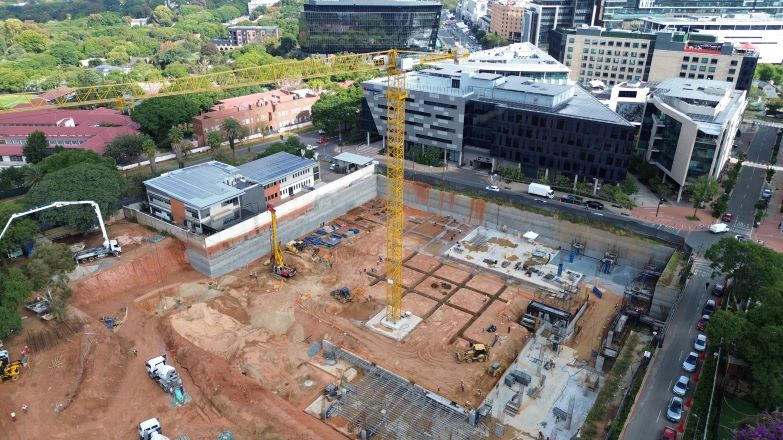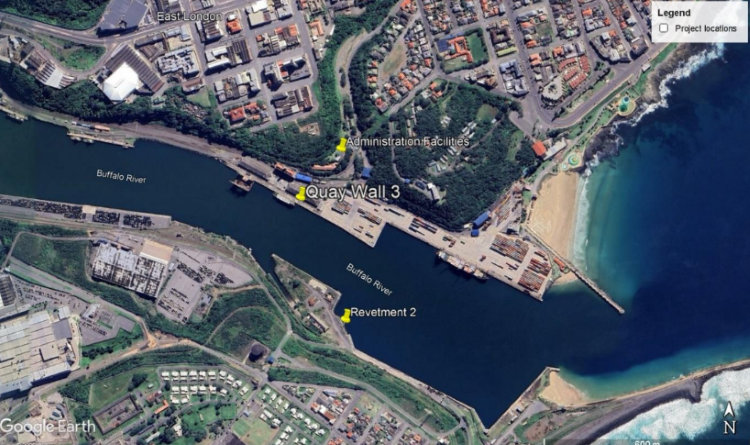
The following article is written by: Roelof van den Berg, CEO of the Gap Infrastructure Corporation (GIC)
Infrastructure has been named a top priority for South Africa over the next few years as we seek to bounce back from global economic shocks such as the pandemic and war in Ukraine, and refocus attention on promoting socio-economic development.
But beyond major national concerns such as logistics and energy infrastructure, it’s important not to overlook the fundamental role of less headline-grabbing, ‘bread and butter’ infrastructure development projects for uplifting households out of poverty and driving economic growth.
Here are just three examples that demonstrate the importance of infrastructure development as a key mechanism for nation-building:
- Roads
Several studies suggest a direct link between road development and economic growth. But one particularly significant World Bank study by Fedderke and Bogetic, which analysed three decades of data for South Africa from 1970 to 2000, found that a 1% increase in the road network led to a 2.8 percentage point increase in the country’s productivity growth.
Similar studies in other countries also demonstrate what can be achieved through road infrastructure development. In China, for example, the economic impact of road infrastructure development on rural roads was four times higher than on high-grade roads. Meanwhile, Sri Lanka, another developing country, saw a more than 60% increase in industry output following investment in its highway infrastructure.
Ultimately, roads are how we connect people to job opportunities, healthcare, education, services, and each other. Plus, higher quality paved roads lower travel times and costs, provide access to a wider range of vehicles such as delivery trucks, and enhance overall road safety.
So, as the public sector continues working diligently to upgrade road networks, this could unlock immense economic and social benefits. For example, in our experience, the long-term positive effects of GIC’s work on roads in rural communities have been exponential.
- Housing
Homes have the potential to generate a steady income for homeowners. According to the Centre for Housing Finance in Africa, informal housing generates an estimated 11% of total rental income in South Africa, which creates a crucial income stream for homeowners who rent out rooms in their backyards.
Furthermore, research shows that a rise in house prices leads to an increase in job creation, as homeowners can leverage their homes as assets as collateral for loans to invest in their businesses.
Beyond being an important source of income for many households and a key driver of economic growth, housing also acts as a catalyst for improved living standards.
Having a safe place to live and sleep provides a sense of security, improves people’s health and well-being, and better enables breadwinners to find employment and children to further their studies. The impact of housing on lives and on the wider economy is therefore tremendous, serving as a powerful tool to combat poverty.
- Water and sanitation
Clean running water and reliable sanitation systems are critical for preventing disease, maintaining food safety, and supporting a strong and productive workforce that can participate in economic activities and earn an income.
Notably, water-related health issues are still a major concern worldwide. It’s estimated that some 1.4 million deaths, or about 2.5% of all annual deaths globally could be prevented by providing more people with access to clean drinking water, sanitation, and hygiene.
Installing in-home water points and sanitation networks in towns across South Africa greatly reduces people’s risk of diarrhoea and resulting undernutrition, as well as respiratory infections, and other health risks. And in the long-run, a healthy population has the capacity to take the broader economy to new heights.
Fortunately, the country has been making strong headway in this regard, having already provided access to clean drinking water to around 90% of the population. Additionally, this number is set to increase as new infrastructure development projects get underway.
So, while often underappreciated, these areas of infrastructure remain vital to breaking the barriers to opportunity, and building a supportive environment for a brighter, more equitable future.
References:
https://www.sciencedirect.com/science/article/abs/pii/S0264999317301438





